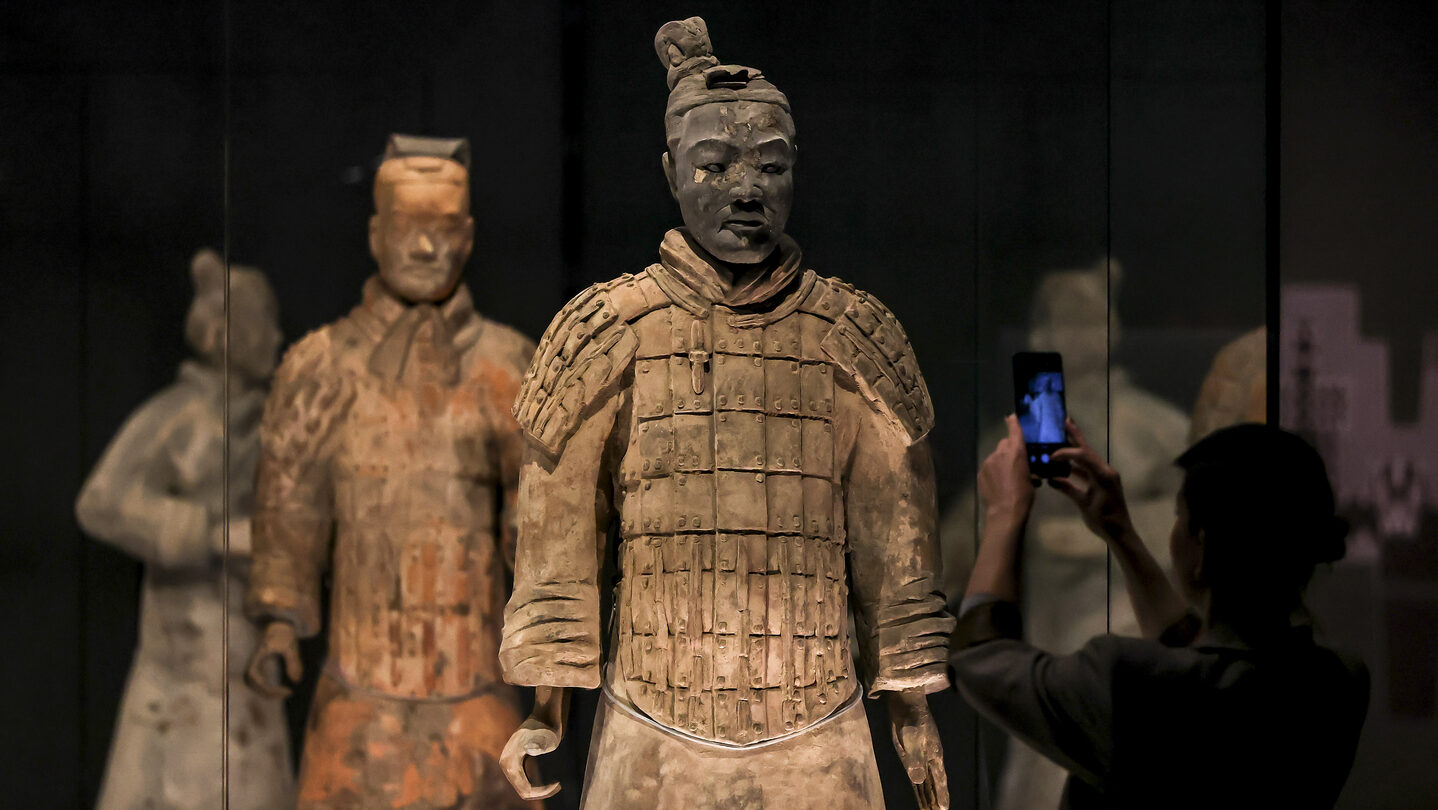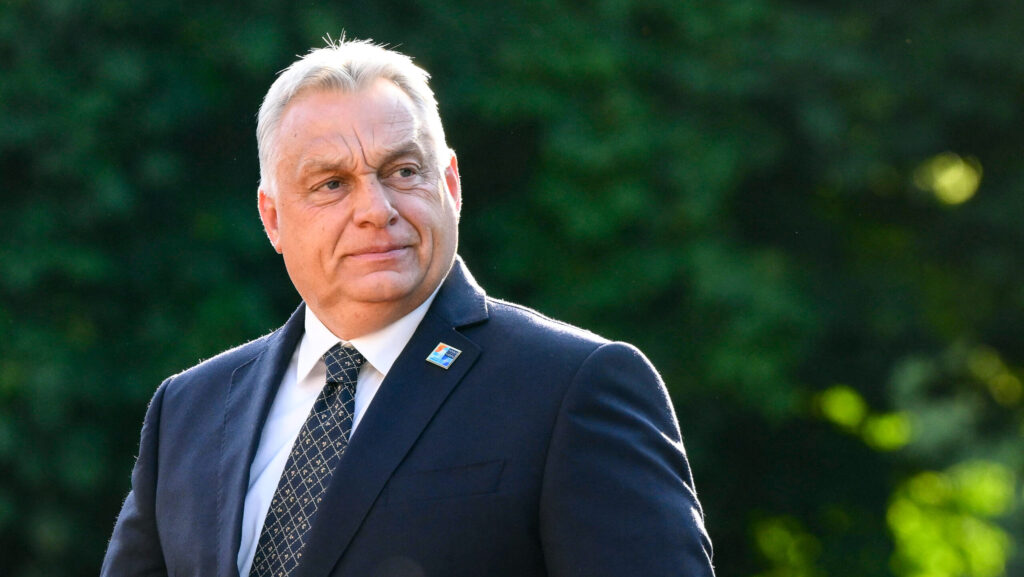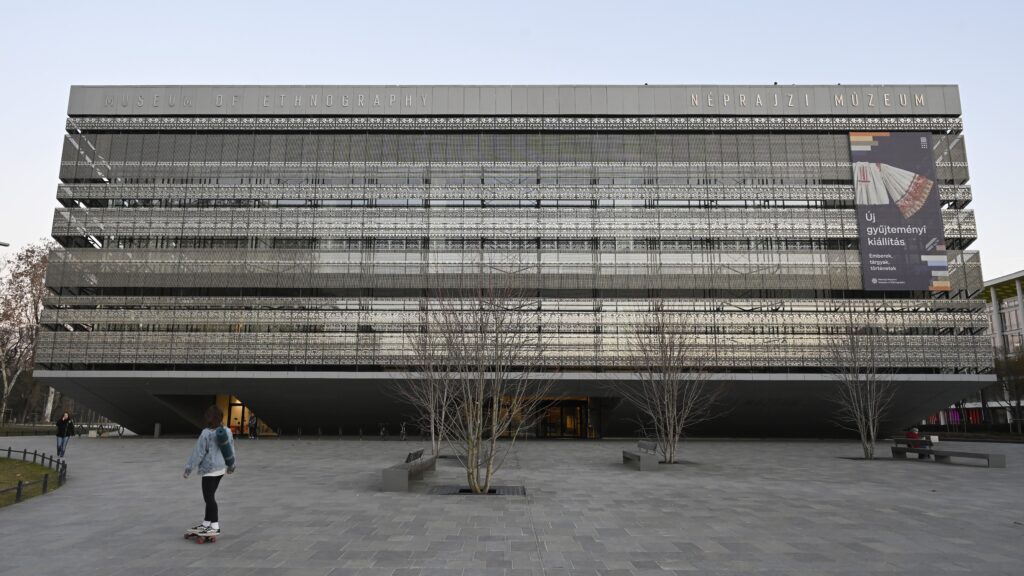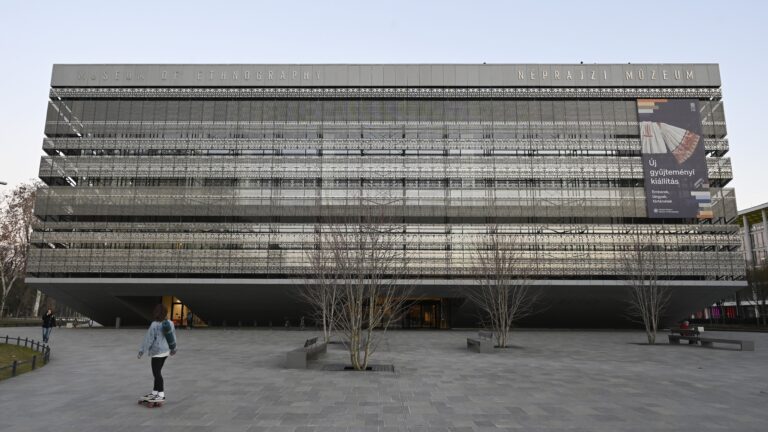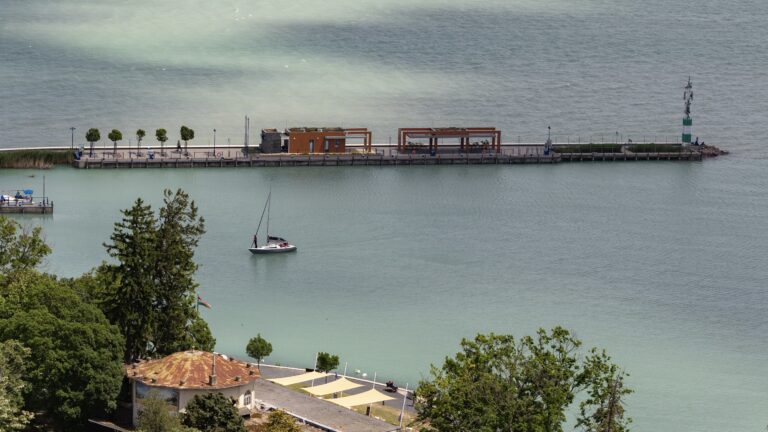Hungarian President Tamás Sulyok opened the exhibition Guardians of Eternity – The Terracotta Warriors of China’s First Emperor at the Museum of Fine Arts in Budapest on Thursday. ‘We are presenting to the public the treasures of a culture that shaped the Far East for several thousand years and enriched the shared heritage of humanity,’ he highlighted, adding that the depth, wisdom and artistic refinement of this culture continue to command respect across the world to this day.
The head of state recalled that Hungarians, throughout history, have on many occasions sought and found those intellectual affinities that connect us with the world of Asian cultures. ‘In our national identity, traditions and mindset, there lives a long-standing natural openness towards the East; in some ways we understand the peoples and communities living there better than other European nations,’ the president noted.
He emphasized that solid and fruitful relations have developed over the past decades between Hungary and the People’s Republic of China in cultural, economic, scientific, innovation and diplomatic fields alike. ‘This exhibition is both a symbol of mutual respect and of the strength of our cooperation,’ Tamás Sulyok stressed.
Gong Tao, China’s ambassador to Hungary, underlined that Chinese–Hungarian relations have become closer than ever in every field, including cultural and social relations. He added that Guardians of Eternity – The Terracotta Warriors of China’s First Emperor is one of the most representative Chinese cultural exhibitions presented in Europe in recent years, offering an extraordinary highlight.
Jia Qiang, director of the Shaanxi Provincial Cultural Heritage Administration, said the exhibition showcases 129 outstanding items and object groups from nine Shaanxi cultural institutions, including bronze artefacts, ceramics, gold and jade objects, as well as pieces from the world-famous and iconic terracotta army.
Guardians of Eternity – The Terracotta Warriors of China’s First Emperor spans 1,000 years of Chinese history, presenting three major dynastic periods. The entire material comes from Shaanxi Province, which was home to China’s capitals during the millennium covered by the exhibition.
‘The exhibition also features two unique tomb reconstructions’
The exhibition also features two unique tomb reconstructions: one of the first Chinese emperor’s mausoleum garden, and the other of the burial complex of the 6th emperor of the Han Dynasty. Both can be viewed spatially and via projection.
The exhibition presents more than 150 ancient artefacts, spectacular archaeological materials, weapons and ritual objects, and includes ten original pieces from the first emperor’s terracotta army. It is open to visitors until the end of May.
The opening ceremony was addressed by Director General of the Museum of Fine Arts László Baán, and the exhibition was introduced by sinologist and Director of the Hopp Ferenc Museum of Asian Art Györgyi Fajcsák, who also curated the exhibition.
Related articles:

